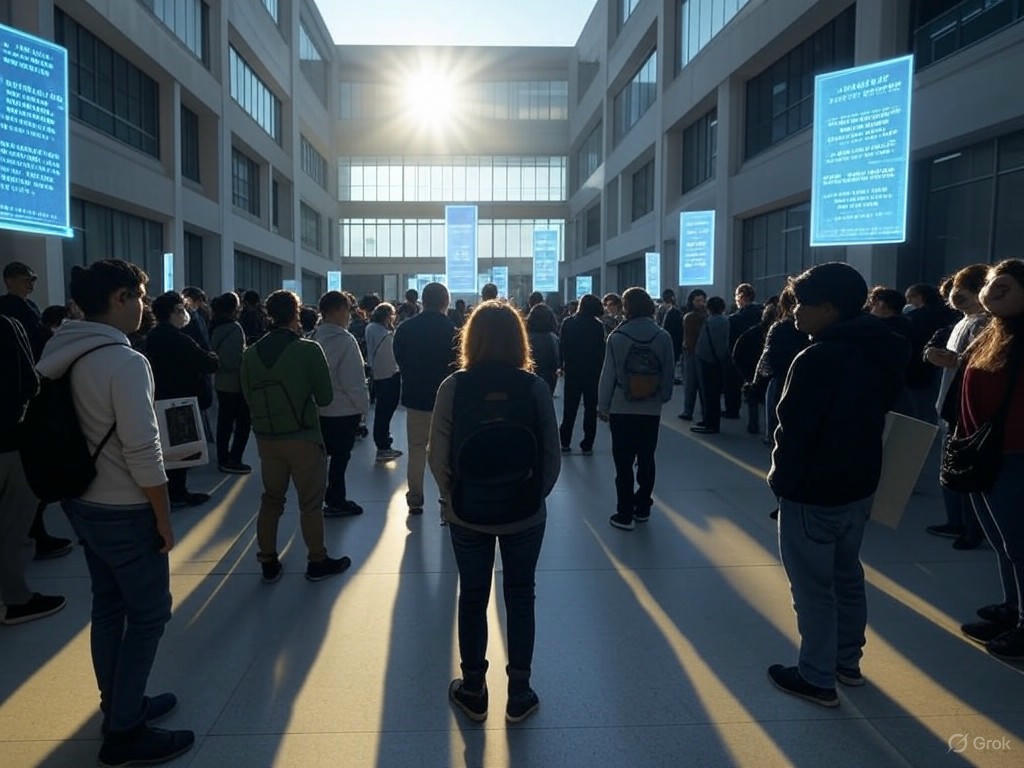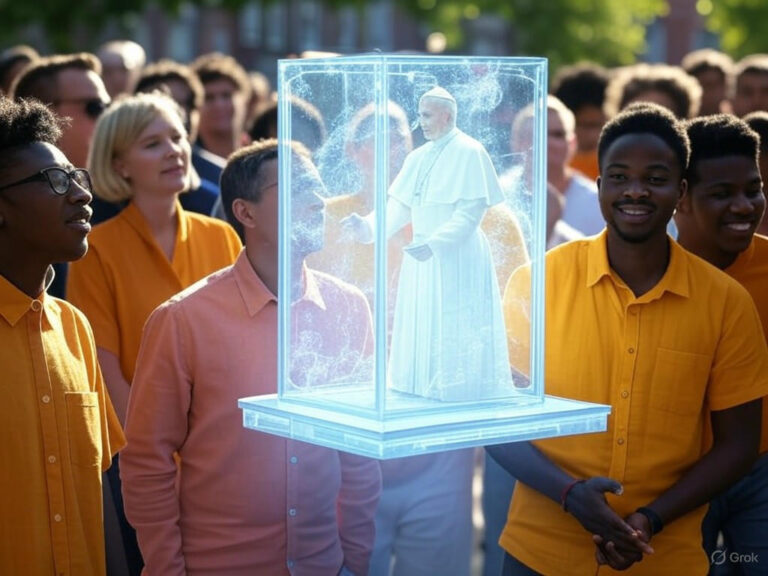
Pro-Palestinian Protests Escalate at Columbia University Library
The Surge of Columbia University Protests at Historic Sites
Columbia University protests have once again captured national attention, with a bold occupation of Butler Library’s reading area marking a pivotal moment in campus activism. On a tense Wednesday, over 100 pro-Palestinian demonstrators filled the space, drawing on the university’s rich history as a breeding ground for social change. As the situation intensified, administrators called in the New York Police Department (NYPD), leading to several arrests and sparking widespread discussions about safety and free speech on campus.[1]
This event isn’t just another headline; it’s a reminder of how Columbia University protests often intersect with global issues like the Israel-Hamas conflict. Have you ever wondered how a university library could become a battleground for international politics? It’s happening right now, and it’s reshaping how students and faculty navigate their daily lives.
The Protest: Occupation and Core Demands
At the heart of these Columbia University protests is the Columbia University Apartheid Divest (CUAD) group, which organized an “Emergency Rally” to challenge the university’s ties to Israel. Protesters, many donned in keffiyehs and masks, stormed the Lawrence A. Wien Reading Room with banners and chants that echoed through the halls, transforming a quiet study space into a hub of resistance.[1][2]
- They symbolically renamed the area “Basel Al-Araj Popular University” in honor of a Palestinian writer killed in 2017, turning the occupation into a powerful statement of solidarity.
- Key demands included immediate divestment from entities supporting Israeli policies, with protesters vowing to disrupt operations until their voices were heard.[1]
Key Slogans and Symbols in Columbia University Protests
CUAD’s rallying cry of “repression breeds resistance” wasn’t just words—it was backed by vivid symbols like drumming circles and unified chants that fostered a sense of community. Imagine walking into a library and hearing chants that blend personal passion with global injustice; that’s the energy that defined this protest. These elements not only amplified their message but also highlighted the creative ways students are pushing for change in Columbia University protests.[1]
This approach raises an interesting question: How can symbols like banners and slogans bridge the gap between campus actions and worldwide movements? For activists, it’s about making abstract issues feel immediate and personal.
Administrative Response and Heightened Security
In response to the growing Columbia University protests, acting president Claire Shipman issued a statement emphasizing the need for order and safety. She described the scene as “outrageous,” pointing to injuries sustained by two public safety officers during the demonstrators’ attempt to secure the reading room.[1]
- Officers demanded identification from those trying to exit, escalating tensions and drawing criticism for potentially infringing on student rights.[2]
- The NYPD’s involvement led to detentions, a move some see as essential for restoring calm, while others view it as a clampdown on expression.[1]
Impact on Academic Routine Amid Columbia University Protests
These Columbia University protests hit hard during finals week, disrupting what should be a focused study environment in Butler Library. Students voiced frustration over the noise and chaos, with many feeling that their exam preparations were sidelined by the demonstrations.[3] It’s a tough spot—how do you balance the right to protest with the need for academic continuity?
For instance, one student shared how they had to pivot to alternative study spots, turning what was meant to be a productive week into a lesson on adaptability. This real-world example shows the ripple effects of such events on everyday campus life.
Broader Context: The Evolution of Columbia University Protests
Columbia University protests don’t exist in a vacuum; they’re part of a larger wave of campus activism sweeping the U.S., with Columbia often at the forefront. Last year, similar demonstrations focused on the Israel-Hamas conflict and rising concerns about antisemitism, echoing historical moments like the 1968 occupations.[5]
- Comparisons to the 1968 Hamilton Hall takeover, where students renamed it Malcolm X Liberation College, highlight how these events cycle through generations, each adapting to current issues.
- Today, Columbia University protests weave together mainstream advocacy and radical approaches, prompting debates on academic freedom and institutional governance.[5]
Think about it: What if every protest could spark meaningful policy changes? Historically, Columbia has been a catalyst, but it also forces us to consider the long-term implications for campus culture.
Student and Community Reactions to Ongoing Columbia University Protests
Reactions to the Columbia University protests have been mixed, with some students and faculty applauding the demonstrators for exercising free speech and holding the university accountable. Others, however, worry about the disruptions, especially during critical academic periods, and the potential safety risks involved.[3]
Voices from the Scene of Columbia University Protests
- Protesters maintained that “as long as funds and imperialist interests persist, so will disruptions,” framing their actions as necessary for change.[1]
- Faculty opponents called for more structured dialogue, concerned that escalating Columbia University protests could undermine the campus’s core mission.[5]
Hearing these perspectives firsthand makes you realize how divided opinions can be. For example, a faculty member might share stories of past protests that led to positive reforms, while a student focuses on the immediate stress it causes.
The Role of Law Enforcement in Columbia University Protests
Bringing in the NYPD for Columbia University protests marks a notable shift in how the university handles unrest, with some defending it as a safeguard and others seeing it as a threat to traditional protest rights. Physical confrontations, including officer injuries, added layers of complexity to the situation.[1]
- Identification checks during the event raised flags about privacy and civil liberties, turning a library occupation into a broader discussion on authority.[2]
- This approach prompts a hypothetical scenario: What if similar tactics were used at other universities—would it stifle activism or encourage more strategic organizing?
As someone following these events, you might ask: How can campuses strike a balance between security and the freedom to assemble? It’s a question worth exploring for future policy decisions.
Looking Ahead: Implications for Columbia University Protests and Policy
The Butler Library occupation isn’t just a one-off; it’s shaping the future of Columbia University protests by intensifying conversations around divestment, academic freedom, and protest boundaries. University leaders are under pressure to address these issues without alienating their community.[1][5]
- Expect changes in campus policies that could influence how demonstrations are managed, potentially setting examples for other schools.
- Actionable tip: If you’re a student activist, consider documenting your efforts and engaging in peaceful dialogues to maximize impact while minimizing risks.
In a polarized world, these Columbia University protests offer lessons on advocacy. For instance, organizing online petitions alongside on-ground actions can broaden reach and foster sustainable change.
Conclusion: Columbia at a Crossroads with Ongoing Protests
As Butler Library returns to normal and the dust settles on the latest Columbia University protests, the core issues remain. This event underscores Columbia’s enduring role as a protest epicenter while challenging administrators to harmonize activism with academic priorities. In the end, it’s about finding common ground in a divided landscape.
What are your thoughts on these developments? We’d love to hear your experiences or ideas in the comments below—share this post and explore more on campus activism to stay informed.
References
- POLITICO: Protesters Occupy Columbia University Library
- Columbia Spectator: Protest Updates
- Forward: Columbia University Protest at Butler Library
- CUNY: Undergraduate Bulletin (referenced for academic context)
- Times of Israel Blogs: Columbia University Protest Analysis
- American Academy of Arts and Sciences: Humanities in American Life
- Peitho Journal: Relevant academic discourse
- U.S. Marine Corps University: Journal on security and policy







